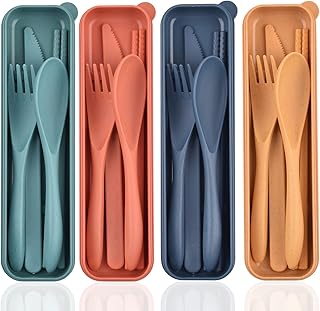Companies are now reevaluating their material choices to align with sustainability objectives, marking a departure from the previous approach of material agnosticism. This shift reflects a growing consensus that certain materials, like plastic, are no longer viable options due to their environmental impact.
Historically, companies adopted a material-neutral stance, focusing on the functionality and cost-effectiveness of packaging materials. However, the tide is turning as design and packaging industries increasingly prioritize sustainable alternatives over traditional materials.
Plastic, once a ubiquitous choice, is now facing significant backlash from both public opinion and regulatory bodies worldwide. The push for international agreements to curb plastic production and eliminate harmful chemicals used in plastic manufacturing underscores a shift towards material-specific sustainability goals.
While the paper industry has seen innovations in eco-friendly packaging, there is also a growing trend towards utilizing alternative fibers like bamboo to reduce the environmental impact of traditional paper production. This shift reflects a broader movement towards material diversification and sustainability.
Major corporations are taking decisive steps to reduce their reliance on unsustainable materials. Google, for instance, aims to eliminate plastic packaging for its consumer electronics by 2025, emphasizing the importance of transitioning to eco-friendly alternatives. Amazon has already made significant strides by replacing plastic air pillows with paper fillers in its packaging.
Other companies, such as Takeda and Unilever, have set ambitious goals to transition to sustainable packaging materials and reduce their environmental footprint. These initiatives demonstrate a growing commitment across industries to prioritize sustainability in material choices.
This shift towards material-specific sustainability goals reflects a broader trend of conscious consumerism, where individuals and companies alike are reevaluating their choices to align with environmental values. Just as consumers opt for plant-based alternatives over meat products, companies are increasingly choosing materials that balance sustainability and performance trade-offs.
By focusing on a select set of materials and sustainability challenges, companies can streamline their efforts towards achieving tangible environmental benefits. This strategic approach allows businesses to make meaningful progress in adopting sustainable packaging solutions.
Ultimately, the future of sustainable packaging lies in making informed material choices that align with broader sustainability objectives. As companies continue to prioritize eco-friendly alternatives and set ambitious sustainability targets, the shift towards material-specific goals is poised to drive significant change in the packaging industry.
📰 Related Articles
- Younger Brits Embrace Healthier Breakfast Choices, Shifting Traditional Fare
- US Losing Appeal: International Students Shifting Away from American Universities
- Tech Companies Shifting Listings to US for Bigger Valuations
- Sustainable Parents Embrace No-Waste Gender Reveals for Eco-Celebrations
- Illinois Debates Plastic Bag Ban to Drive Sustainable Consumer Choices






